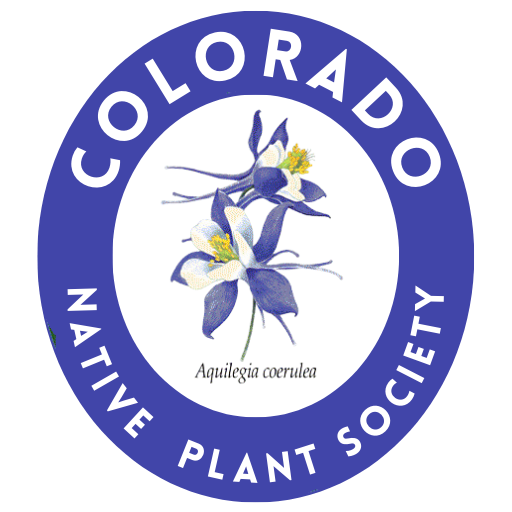
February 11, 2022
Ms. Ann Timberman – Western Slope Field Superviso
Department of the Interior – Fish and Wildlife Service – Western Colorado Field Office|
45 West Gunnison Avenue, #240
Grand Junction, Colorado 81501
RE: Draft Recovery Plan for Parachute Beardtongue
FWS-R6-2021-N020; FSES111306000000
Dear Ms. Timberman,
As members of the Colorado Native Plant Society (CONPS) Conservation Committee, we welcome the opportunity to comment on the Draft Recovery Plan for Parachute Beardtongue (Plan) announced in the December 14th, 2021, Federal Register. This species is a rare endemic confined to a few subpopulations in a small area of oil shale outcrops on the Roan Plateau escarpment in Garfield County, Colorado. This Draft Recovery Plan envisions that the species needs at least four resilient subpopulations to maintain population, ecological, and genetic diversity of this species. The CONPS Conservation Committee agrees with this vision, but we have concerns that the Plan’s success criteria and recovery actions would not be sufficient to sustain this rare endemic over time and over changing climate conditions. Our comments and concerns are described below:
Success Criteria
Criterion 1 – At least four subpopulations maintain stable or increasing growth rates. Any additional populations found are stable or increasing in growth and may be substituted for one of the four populations if one of them is decreasing in population. As there are currently only four subpopulations considered viable, this criterion seems reasonable. However, if another stable or increasing subpopulation is found, then this subpopulation should be added to the number of viable populations, not substituted for another subpopulation. The current distribution of Parachute beardtongue is likely a remnant of a once continuous population and any new subpopulation found should be maintained.
Criterion 2 – the 4 subpopulations should have at least 500 individuals. As stated in the Special Status Assessment for Parachute Beardtongue (Service 2020), a subpopulation size of 500 individuals or more would provide high (healthy) resiliency to the subpopulation. However, for the Mount Callahan subpopulation, which currently has over 6,000 individuals, allowing reduction of the population to only 500 individuals does not seem to be a sufficient recovery goal. This severe loss of population would result in decreased genetic diversity and pollinator conductivity, both important to the long-term survivability of the species (Service 2020). The success goal for the Mount Callahan subpopulation should be a much higher number of individuals and more in line with Criterion 1 that states the subpopulation maintain stable or increasing growth.
Additionally, all of the subpopulations should have a large enough buffer, 1,000 meters, to conserve the pollinators essential for this plant’s reproduction.
Criterion 3 – All four of the subpopulations have regulatory mechanisms or conservation plans in place. We agree that having regulatory mechanisms or conservation plans in place is critical for the recovery and sustainability of this species, but we have concerns regarding the existing conservation plans. Three of the four subpopulations are on private land and are currently protected by a Colorado Natural Areas (CNA) designation. However, these agreements are voluntary and can be terminated if proceeded by two years notice. The Anvil Points population on BLM land is protected as an area for management of sensitive resources, but this agreement allows pipeline construction as the impacts are considered temporary, and revegetation would occur within two years. Allowing any disturbance would harm this subpopulation. Additionally, vegetation is extremely unlikely to re-establish within two years in this harsh, dry location.
Criterion 4 – All 6 of the known subpopulations are represented in ex-situ seed banks. Any new populations found should also be represented in the seed bank.
Recovery Actions – We agree that the recovery actions proposed would help increase the resiliency and sustainability of this species and would like to propose the following additional actions:
-
For the monitoring actions, include monitoring pollinators since they are essential for maintaining Parachute beardtongue populations.
-
Add a recovery action to continue transplant efforts to increase the number of subpopulations and to strengthen the pollinator connectivity within and between subpopulations.
Sincerely,
Bayard Ewing
Chair, Conservation Committee
Colorado Native Plant Society
conpsoffice@gmail.com
970-663-4085
Denise Larson
Member, Conservation Committee
Colorado Native Plant Society
conpsoffice@gmail.com
970-663-4085
U.S. Fish and Wildlife Service (Service). 2020. Special Status Assessment for {Parachute beardtongue (Penstemon debilis). Western Colorado Ecological Services Field Office. Grand Junction, Colorado.
P.O. Box 200, Fort Collins, CO 80522 www.conps.org
